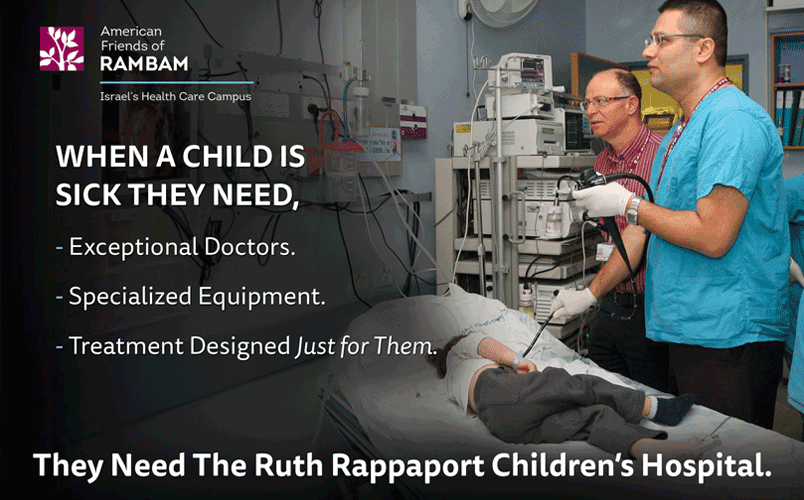December is the month in which my mailbox gets a lot of letters appealing for shekels.
When I was a teen, I sent some dollars to American Friends of Magen David Adom. For the next few years, the philanthropy – in my mind – used up my contribution on postage to send me additional appeals for money. Last year, I gave a contribution to – well let’s say Rambam Hospital – and I asked them not to add me to a mailing list. I have since received half a dozen mailed appeals from them.
I suffer from Overhead Cost Aversion (OCA).
But wait. I used to work a lot with direct mail and database marketing. But I still get slightly annoyed by all the appeals; and I admit that I avoid contributing to some groups because I know that it will result in years of calls and letters*.
Elizabeth A. Keenan – a former high school Biology teacher and current professor at Harvard Business School understands my dilemma.
She and some of her colleagues find that donors to philanthropies have an aversion to thir contributions being spent on marketing and administration.
But guess what? She found that donors are willing to stomach the idea of overhead costs as long as they believe that someone else’s donation is covering them. In her field study, when donors were told that operational costs were being funded by another donor, their test organization nearly triple its solicited donations.
Keenan wrote that despite donors understanding that nonprofits need to pay office staffs, CEOs, program managers and marketers, if given the choice of where their money would go, most people – obviously – wouldn’t choose to contribute to the salary of the CEO. Also, because non-profits want to keep their overhead costs down, and score high on “charity watch” measurements, they can undermine their core missions by skimping on expenses. It is called the “nonprofit starvation cycle.”
Keenan conducted a series of experiments with Uri Gneezy, UC-San Diego professor of economics and strategy, and Ayelet Gneezy, UC-San Diego associate professor of behavioral sciences and marketing. About 450 students were asked which charity should receive $100. As the amount that each charity spent on overhead increased, voluntary donations decreased.
But the professors asked, “Were overhead costs the main barrier?” When researchers tested whether participants would be more likely to donate to a charity if the overhead costs had been covered by another contributor, even when informed that there was 50 percent overhead associated with donations, 71% percent chose to donate to the charity.
Keenan and her colleagues then sent 40,000 potential donors a request letter, which asked them to donate $20, $50, or $100 toward a new project. The letter recipients were divided into four groups. (No one was asked to donate $18 or $36) The “control” group received information about the charity’s mission and project. The “seed” group recipients were also told that overhead costs were covered by a private donor. A “match” group was told that a donor had offered to match every dollar given to the project. And for the “overhead-free” group, recipients were told that a donor had given a grant to cover all the overhead costs associated with raising money for the project.
The results:
3.36% of control group recipients donated.
4.75% of the seed group recipients donated.
4.41% of the match group recipients donated.
8.55% of the overhead free recipients donated.
Also. The fourth group – on average – contributed a higher dollar amount.
The lesson… get Sheldon Adelson to cover the overhead, and then tell potential donors that the overhead has been covered.
Overhead costs such as utility bills can quickly become overwhelming in the healthcare sector. For this reason, it is important to compare different energy providers using comparison websites such as Utility Bidder to keep costs as low as possible.






buy dissertation online https://dissertations-writing.org/
dissertation help service editing https://mydissertationwritinghelp.com/
dissertation defense presentation https://help-with-dissertations.com/
site:tickettailor.com dissertation help https://dissertationwriting-service.com/
dissertation topic https://buydissertationhelp.com/
common expansion slots https://slotmachinegameinfo.com/
free vegas world slots https://beat-slot-machines.com/
river slots sweepstakes https://slot-machine-sale.com/
gossip slots tournament https://slotmachinesforum.net/
murka slots girls https://slotmachinesworld.com/
nasty slots https://candylandslotmachine.com/
gay hook up dating site https://speedgaydate.com/
gay random chat https://gay-buddies.com/
free gay sex chat https://gaytgpost.com/
memphis gay dating https://gaypridee.com/
gay chat rooms no registration https://bjsgaychatroom.info/
3liberated